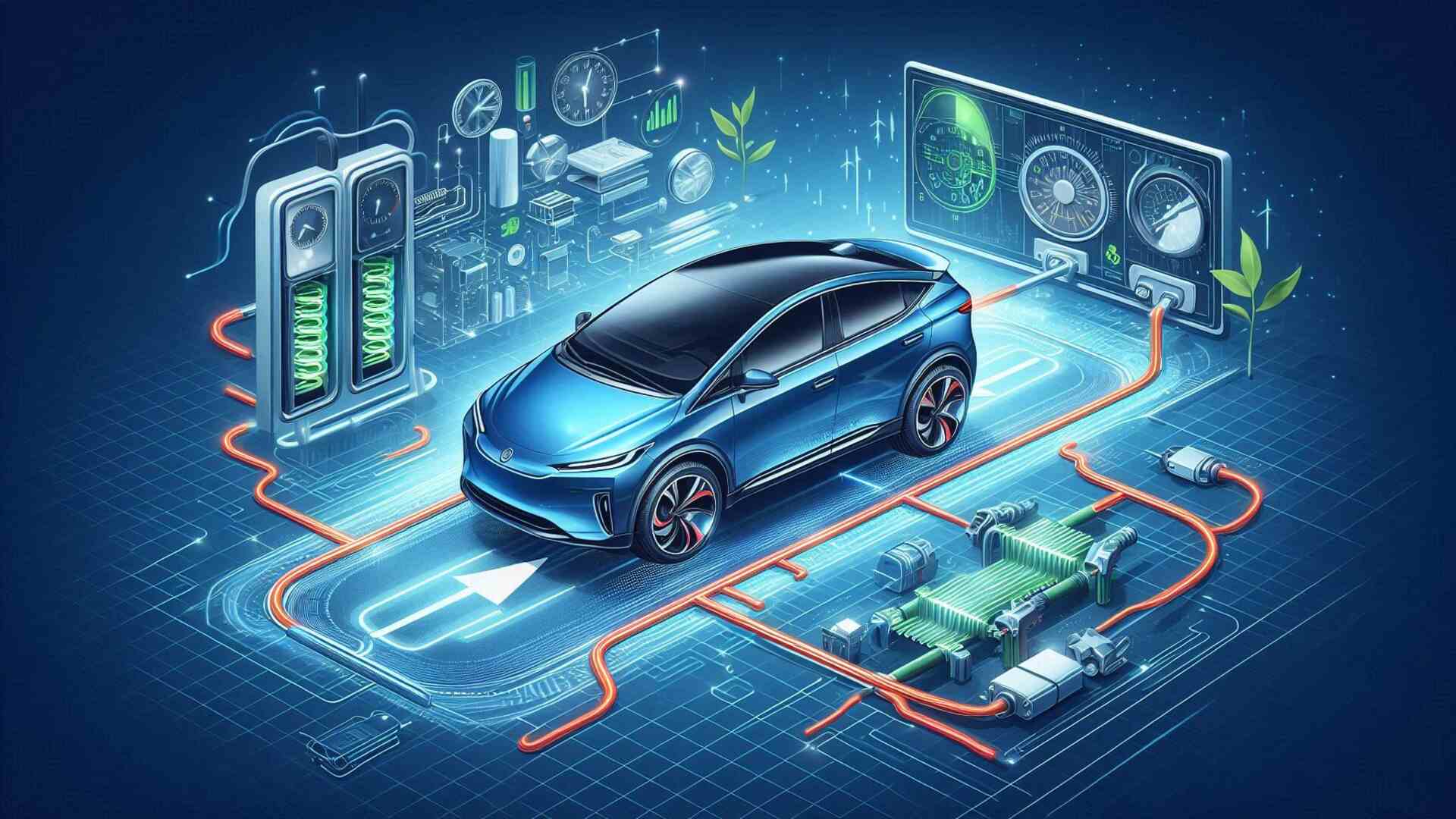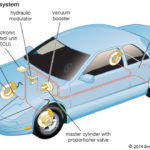
With the rapid rise of electric vehicles (EVs), automotive technology is evolving at a fast pace. One of the key innovations improving EV efficiency is regenerative braking. Unlike traditional braking systems that waste energy as heat, regenerative braking allows EVs to recapture energy and extend driving range.
In this blog, we’ll explore what regenerative braking is, how it works, its benefits and limitations, and why it’s a game-changer in the world of electric mobility.
What is Regenerative Braking?
Regenerative braking is a braking system used in electric vehicles and hybrids that captures and reuses the vehicle’s kinetic energy during deceleration.
In traditional braking systems, pressing the brake pedal uses friction to slow the wheels, turning motion energy into heat – which is wasted. In contrast, regenerative braking converts this kinetic energy into electrical energy, which is stored in the EV’s battery for future use.
This smart system helps recharge the battery while driving, enhancing the vehicle’s overall energy efficiency.
How Does Regenerative Braking Work in Electric Vehicles?
Here’s a simplified breakdown of how regenerative braking functions:
- Driver Releases the Accelerator or Applies the Brakes
- The regenerative system activates when the driver lifts off the accelerator or lightly presses the brake.
- The regenerative system activates when the driver lifts off the accelerator or lightly presses the brake.
- Electric Motor Becomes a Generator
- The electric motor switches roles and starts working as a generator, reversing the power flow.
- The electric motor switches roles and starts working as a generator, reversing the power flow.
- Kinetic Energy is Converted
- As the car slows down, the kinetic energy from the rotating wheels is converted into electrical energy by the generator.
- As the car slows down, the kinetic energy from the rotating wheels is converted into electrical energy by the generator.
- Battery Stores the Energy
- This recovered electricity is sent back to the EV’s battery, extending its range and reducing dependency on charging stations.
- This recovered electricity is sent back to the EV’s battery, extending its range and reducing dependency on charging stations.
This process is smooth, seamless, and often happens without the driver noticing.
Benefits of Regenerative Braking in EVs
Regenerative braking offers a range of practical and environmental advantages:
1. Increased Energy Efficiency
By recovering energy that would otherwise be lost, regenerative braking boosts the overall energy efficiency of electric vehicles.
2. Extended Driving Range
Every bit of recovered energy adds to the EV’s range, meaning fewer charging stops and more miles per charge.
3. Reduced Brake Wear
Since the motor handles much of the braking, brake pads and discs last longer, saving maintenance costs.
4. Lower Emissions
Less wear and tear and reduced need for energy contribute to a smaller carbon footprint, especially in hybrid vehicles.
Limitations of Regenerative Braking
While regenerative braking is a brilliant technology, it’s not without drawbacks:
1. Limited Effectiveness at Low Speeds
At lower speeds or when the battery is full, the regenerative system’s efficiency drops.
2. Still Needs Traditional Brakes
For sudden stops or emergency braking, mechanical brakes are still necessary.
3. Adjusting to New Braking Feel
Some drivers may need time to adapt to “one-pedal driving” or the feel of regenerative braking, which can vary in intensity.
Types of Regenerative Braking Systems
Different vehicles may use varying setups. The main types include:
• Series Regenerative Braking
The motor handles all braking, with mechanical brakes acting as backup.
• Parallel Regenerative Braking
Both regenerative and traditional brakes work together simultaneously.
• Combined Braking Systems
Intelligent control units decide how much braking force comes from each system for optimal performance and safety.
Regenerative Braking vs Conventional Braking
| Feature | Regenerative Braking | Conventional Braking |
| Energy Efficiency | Converts motion to electricity | Converts motion to heat (lost) |
| Brake Wear | Minimal | High |
| Battery Charging | Yes | No |
| Complexity | More complex system | Simple mechanical setup |
| Maintenance Cost | Lower (brake components last longer) | Higher |
Real-World Examples of Regenerative Braking
Several popular EVs and hybrids make effective use of regenerative braking:
- Tesla Model 3 / Model Y – Known for strong regenerative braking and one-pedal driving.
- Nissan Leaf – Offers adjustable regeneration levels.
- Toyota Prius – One of the first mass-market hybrids to use regenerative braking.
- Hyundai Ioniq / Kona Electric – Provides paddle shifters to control braking force.
Future of Regenerative Braking Technology
The evolution of regenerative braking is just beginning. Expect to see:
- Smarter energy management systems using AI
- More efficient electric motors for better energy conversion
- Enhanced integration with self-driving systems
- Use in public transport, e-bikes, and trucks
This technology will continue to shape the future of energy-efficient mobility.
Conclusion
Regenerative braking is one of the most innovative features in electric vehicles, helping to save energy, extend driving range, and reduce wear on brake components. It’s a brilliant example of how EVs are not just greener alternatives, but also smarter machines built for the future.
As the technology evolves, regenerative braking will become even more efficient and widespread, helping drivers get more from every charge while protecting the environment.
Want to learn more about EV technology? Stay tuned to our blog for future insights and updates!
Frequently Asked Questions (FAQs)
Yes. Regenerative braking recovers kinetic energy and feeds it back into the battery, extending your EV’s range.
In many EVs, you can adjust or disable regenerative braking based on your driving preference.
Most modern EVs and hybrids include some form of regenerative braking, though the intensity and control may vary.
They help slow down the vehicle significantly but are usually combined with conventional brakes for complete stopping








